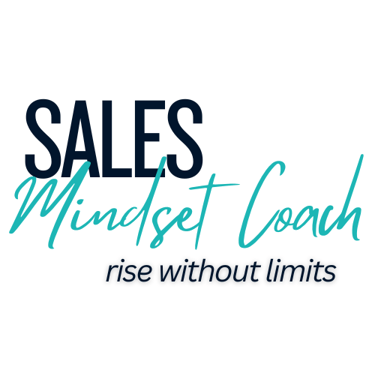Why Prospects Ghost You: The Neuroscience Behind Uncertainty and Avoidance
Explore the psychology of uncertainty, tension, and avoidance - and how to ethically re-engage buyers.
7/19/20251 min leer


Understanding the Psychology of Ghosting
We’ve all been there. You’re in the middle of a promising sales conversation, and suddenly, your prospect disappears without a trace. Where did they go? Why did they leave? The truth is, there’s a lot lurking beneath the surface, and neuroscience has a big role to play in understanding these dynamics.
The Role of Uncertainty in Decision Making
When it comes to decision-making, uncertainty can be a major stumbling block. Neuroscience shows us that our brains often react to uncertainty with tension and avoidance. This means that when prospects feel overwhelmed or confused about their choices, they may choose to disengage instead of moving forward. They might think, “I need some time to think about this,” but in reality, they’re just trying to alleviate their discomfort.
How to Ethically Re-Engage Your Prospects
Understanding the psychology of your prospects is key to re-engagement. First, acknowledge the likelihood of avoidance behavior. When reaching out, frame your communication in a way that alleviates tension. Instead of pushing for a hard sell, consider a more casual and supportive approach. Ask open-ended questions, provide useful content, and offer to address any uncertainties they might have. This not only demonstrates empathy but also positions you as a trusted advisor rather than just a salesperson.
Another effective strategy is to create a sense of urgency without applying pressure. Share success stories or statistics that highlight the potential outcomes of engaging with your product or service. This can inspire prospects to take action by understanding what they might miss out on if they continue to ghost you.
Ultimately, the goal is to build a relationship that transcends the fear of commitment. By understanding the neuroscience behind your prospects' behavior, you can tailor your approach to meet their needs better, which may help bridge the gap and lead to new opportunities for collaboration.


